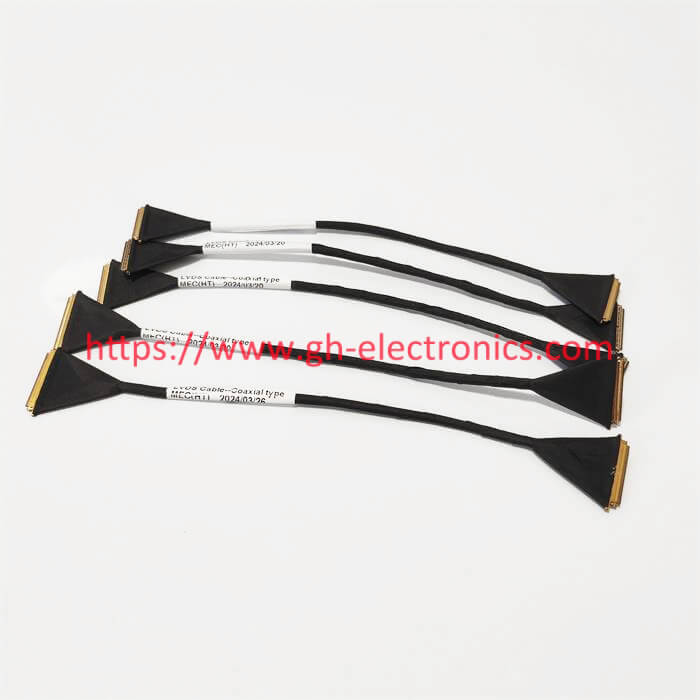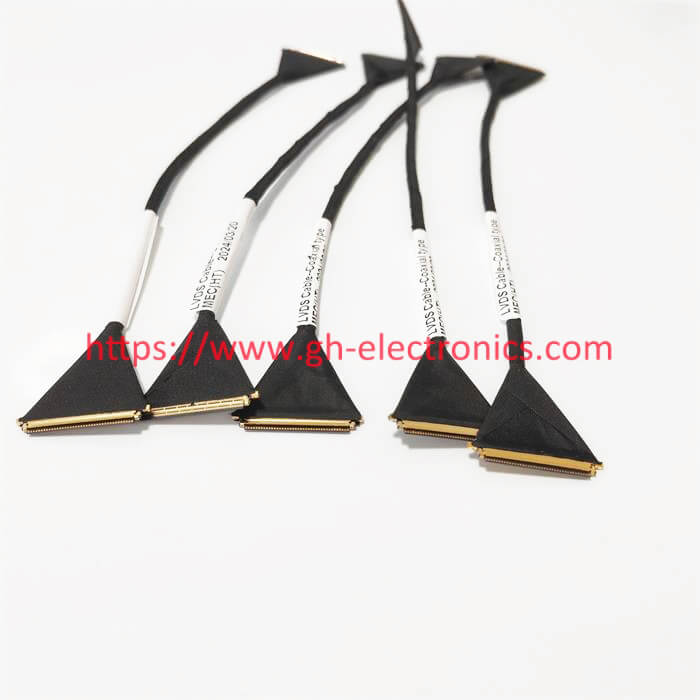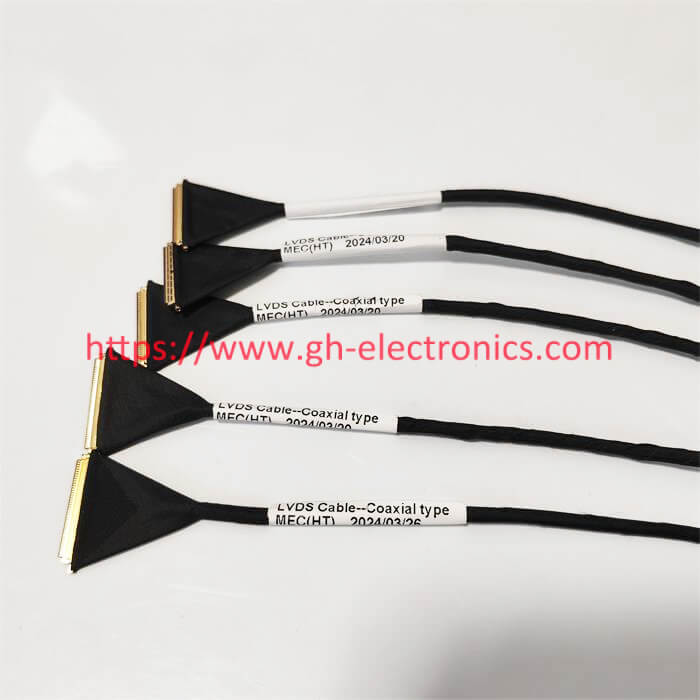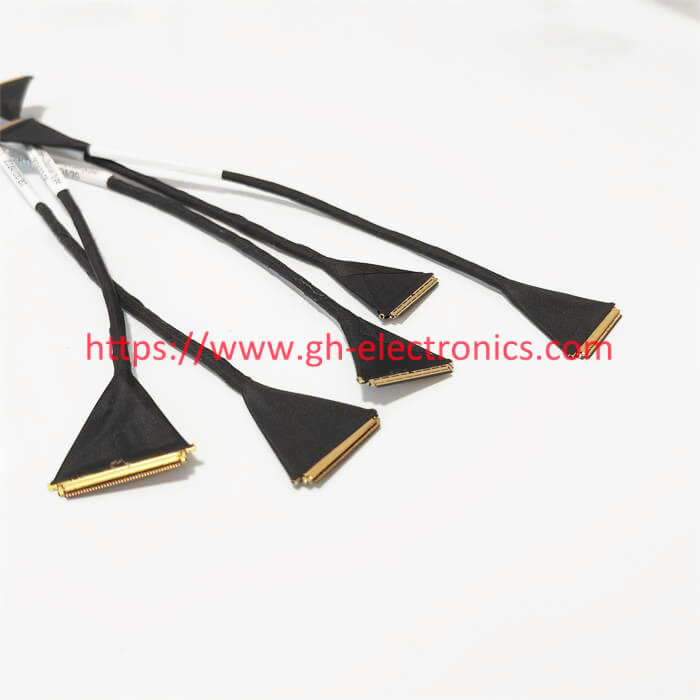



LVDS (Low-Voltage Differential Signaling) cable is a type of data transmission cable commonly used in various applications, especially in the field of computer displays and automotive electronics. LVDS technology offers high-speed data transmission with low power consumption and low noise, making it a popular choice for long-distance or high-resolution display interfaces.
1. High-Speed Data Transmission: LVDS cable is capable of transmitting data at high speeds, enabling it to support high-resolution displays and fast-moving video content.
2. Low Voltage and Low Power Consumption: LVDS uses low-voltage differential signaling, which means it operates at a lower voltage level compared to other transmission technologies. This results in lower power consumption, making it suitable for battery-powered devices.
3. Reduced EMI (Electromagnetic Interference): The differential signaling technique used in LVDS helps reduce electromagnetic interference, improving signal integrity and reliability.
4. Long-Distance Transmission: LVDS cable can transmit data over relatively long distances while maintaining signal quality, making it a good choice for applications that require connecting displays to a central controller located some distance away.
5. Common Applications: LVDS cables are widely used in laptops, monitors, flat-panel displays, and automotive systems such as navigation and entertainment systems. They are also found in industrial automation, medical equipment, and other applications that require reliable high-speed data transmission.
6. Flexibility: LVDS cables are often designed to be flexible, allowing them to be routed through tight spaces and around corners in various installations.
In summary, LVDS cable is a high-performance data transmission cable that offers advantages such as high speed, low power consumption, low noise, and long-distance transmission. Its use is prevalent in many applications that require reliable and efficient data transmission, particularly in the display and automotive industries.




